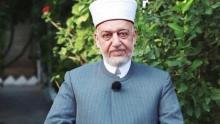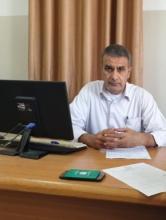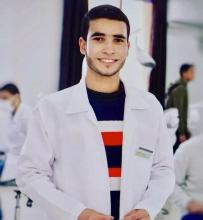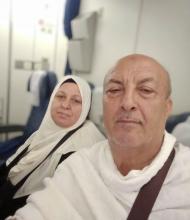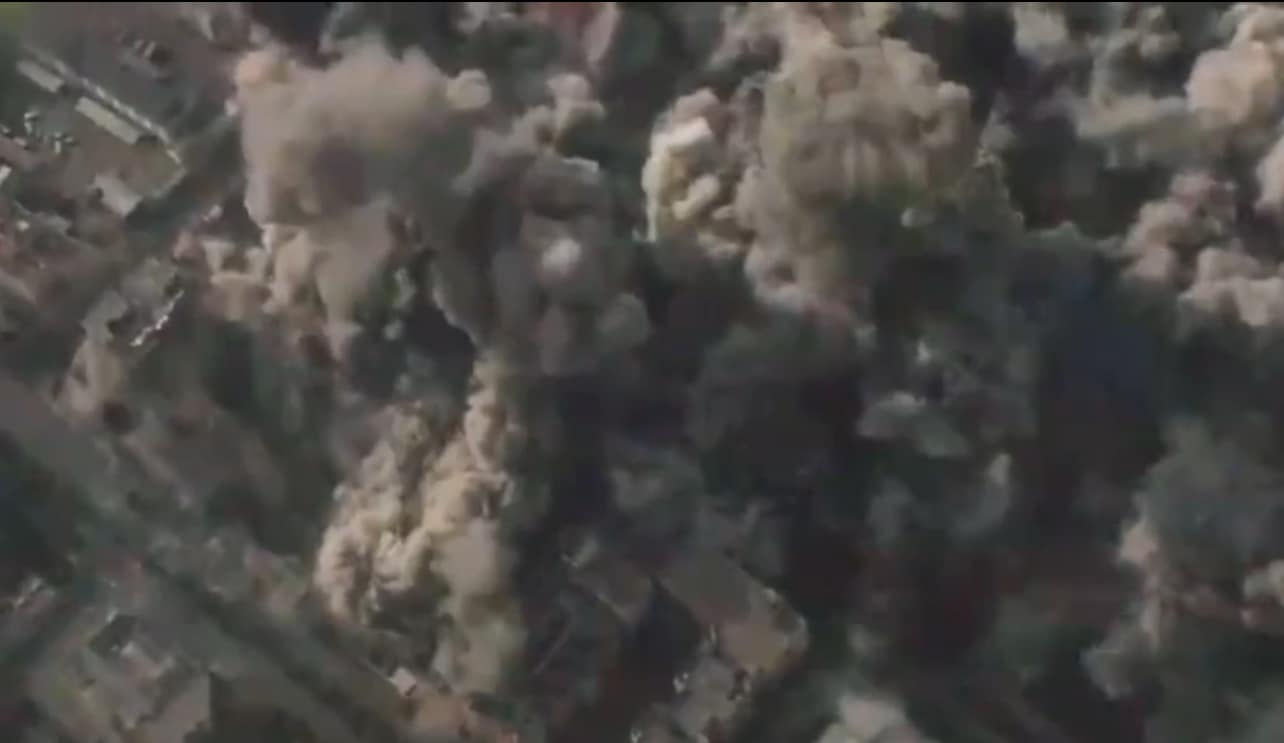تفاصيل التأسيس والتمويل
Thinking about establishing the university began in 1975, based on the needs of the Palestinian people for higher education, in light of their demographic, social and economic conditions under the Israeli occupation. At the request of the Palestine Liberation Organization, UNESCO prepared a feasibility study for the university project, which was completed in 1980 and approved by the UNESCO General Conference. In 1981, the Palestinian National Council approved the project, but the Israeli invasion of Lebanon prevented its implementation until 1985.
The university opened a temporary headquarters in Amman in late 1985, with the official approval of the Jordanian Ministry of Foreign Affairs. Work during the period 1985-1991 focused on preparing study plans and faculties, accrediting scientific disciplines, and producing educational materials, especially printed materials, student books, and audio-visual auxiliary educational media.
In 1991, the university started its educational services in Palestine, taking Jerusalem as its main headquarters. It established branches and study centers in major Palestinian cities. At the beginning, it included hundreds of students, and then the number of students began to increase, year after year, until it reached approximately 45,000 students. The university graduated its first cohort of students in 1997, and this stage was extremely difficult, as it witnessed, from the beginning of its birth on the land of Palestine, the growth of the Palestinian popular intifada, which erupted against the Israeli occupation in 1987, and suffered from the effects of the Gulf War, which caused financial crises in the darkest political, social and economic conditions of the Palestinian people.
The university opened branches in the Gaza Strip, the first branch was established in 1992 in Gaza. The Khan Younis branch was established in 1999, and in accordance with the university's strategy to provide private buildings, a new building was built on a plot of land measuring 15 dunums, and academic and administrative life began at the beginning of the academic year (2013/2014). In 2001, the university branch was opened in North Gaza. In 2002, the branch was opened in the central governorate, which was given special importance due to its location in the center of the Gaza Strip. In accordance with the university's strategy of providing privately owned buildings, a new building was built on a plot of land measuring six and a half dunums, and academic and administrative life began in the new branch building at the beginning of the academic year (2013/2014). In the same period (2001-2002), the Rafah governorate branch was officially opened, and in accordance with the university's strategy of providing privately owned buildings, a new building was built on a plot of land measuring ten dunams, and academic and administrative life began at the beginning of the academic year (2013/2014).
Al-Quds Open University adopts a system that combines traditional education with e-learning (blended), which transcends the boundaries of time and space, and provides teaching and learning opportunities with high quality and cost-effectiveness. It is based on the printed curriculum, classroom lectures, face-to-face meetings and exams, and the pillars of self-learning. It employs modern technology in the educational process, especially e-learning, with all its tools and means, in a manner of programmed education, practical and training activities, to serve the learner and his independence, and to complement face-to-face meetings within the criteria and conditions of enrollment in traditional and modern education systems.


